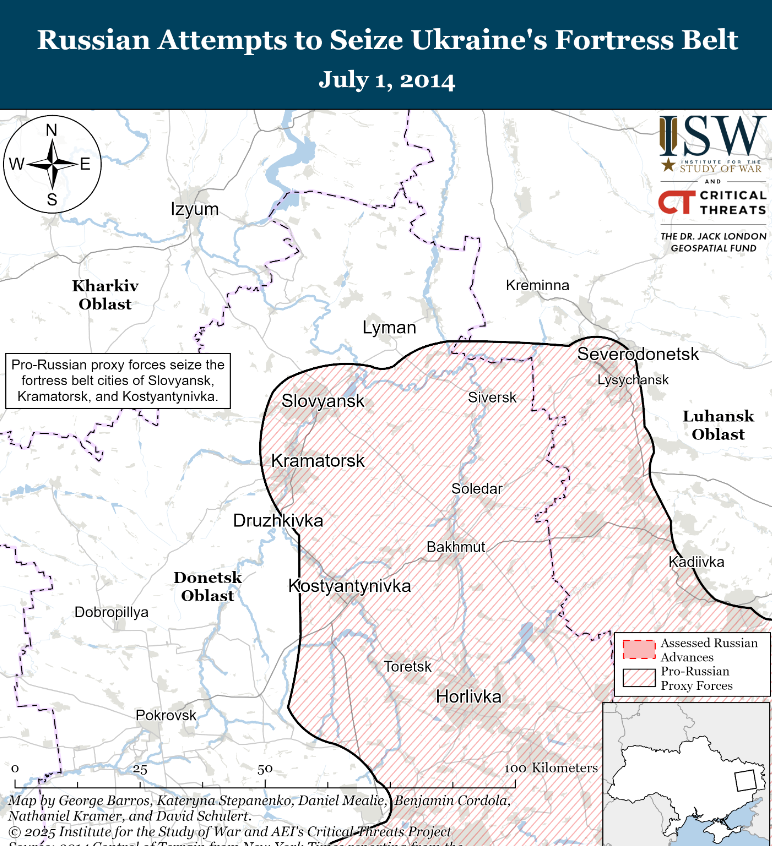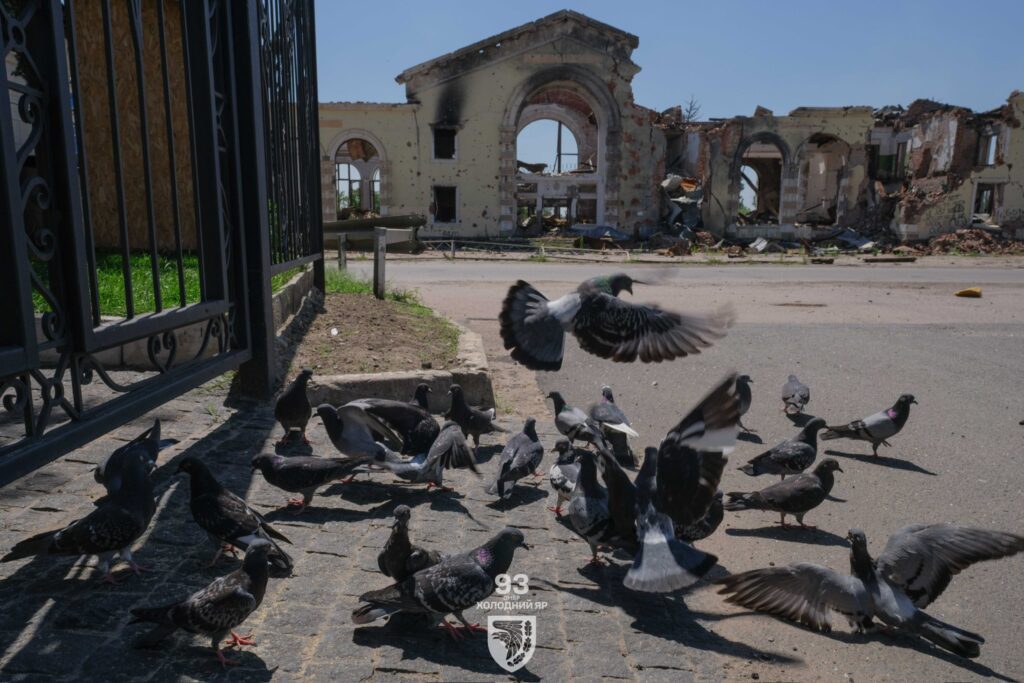As the Trump–Putin summit in Alaska draws near, one demand threatens to overshadow diplomacy: Russia insists Ukraine withdraw entirely from Donbas as part of a ceasefire deal. At first glance, giving up this embattled region might seem a way to halt a war with no clear endpoint.
Yet the push for withdrawal raises a pressing question: can Ukraine truly afford to abandon Donbas? The stakes go beyond shifting lines on a map—it’s about the survival of Ukraine’s defenses, the fate of its heartland, and what kind of peace, if any, might follow.
President Volodymyr Zelenskyy has been unequivocal:
“We will not leave Donbas. We cannot do this. Donbas is a springboard for Russia’s future offensive… They want to take about 9,000 square kilometers—around 30% of Donetsk Oblast—and that will be a platform for new aggression.”
The term Donbas refers to two eastern Ukrainian regions: Donetsk and Luhansk oblasts. As of mid-2025, Russia occupies nearly all of Luhansk—about 99%—and roughly 75% of Donetsk, leaving only a narrow stretch under Ukrainian control.
It is within this fractured and embattled landscape that Ukraine’s most critical defensive line—the fortress belt—has held firm.
The fortress belt: Ukraine’s eastern shield
The fortress belt stretches from Sloviansk through Kramatorsk to Druzhkivka and Kostyantynivka, a 50-kilometer chain of fortified towns and cities. It relies as much on geography as on engineering: Karachun Hill towers over the plain, rivers carve natural moats, and slag heaps, quarries, and railway embankments reinforce defensive positions.
Victor Taran, a Ukrainian Armed Forces officer and co-founder of the “KRUK” UAV training center, captures its essence:
“The paths into this agglomeration are mined, re-mined, and controlled with interlocking fire.”
Within these urban zones, streets are blocked by tank traps and trenches; anti-drone nets span chokepoints. Just behind the front line lie the arteries of resistance—supply depots, repair hubs, and medical evacuation routes—all seamlessly integrated into defense.
This fortress belt isn’t static—it’s a dynamic defense network, built over a decade. Recreating it farther west would mean starting from scratch, on flat, exposed steppe.
Why the fortress belt matters
According to the Institute for the Study of War (ISW), Russian forces have repeatedly failed to break through or encircle it. The belt’s cities aren’t mere strongpoints—they are the linchpin holding back the eastern advance. ISW notes that Russia’s demand for its surrender is a telling admission of its inability to take it by force alone.

If the belt falls: Why geography turns against Ukraine
Abandoning the fortress belt would push Ukraine’s front line 82 km west onto open fields—no hills, few settlements, no river buffers. This flat terrain is made for airpower and drones, not defense.
Again, Taran warns:
“Without the fortress belt, our troops would be in open fields. The Russians would kill them with bombs and missiles like in a shooting range.”
The rebuilding problem
To build a new defensive network farther west—in Kharkiv, Dnipropetrovsk, or Poltava oblasts—Ukraine would need months of engineering, vast resources, and unwavering Western support. And even then, the terrain offers no natural advantages like rivers, industrial strongpoints, or commanding elevations.

A front under intensifying pressure
Even without forced retreat, Ukrainian defenses are under growing strain. The situation in Donetsk Oblast worsens daily. Recently, Russian forces made their deepest breakthrough in more than a year near Pokrovsk, advancing 10–17 km into Ukrainian-held territory.
Though narrow, this salient threatens to sever supply routes feeding the fortress belt. If it widens, Ukrainian positions in Sloviansk, Kramatorsk, and Druzhkivka could face isolation and collapse—a risk that underscores how close the danger already is.

A launchpad for the next offensive
Without the fortress belt, Russia would gain a direct launchpad to strike deeper into Kharkiv, Dnipro, Zaporizhzhia, and Poltava. The terrain offers nothing to slow such an offensive—unless a strong, pre-prepared defense stands in the way.
The historical warning
In 1938, Czechoslovakia ceded its fortified Sudetenland to Nazi Germany, hoping for peace. Six months later, the entire country was occupied. History teaches us: surrendering fortified ground to an expansionist power rarely ends wars—it triggers the next.

What’s really at stake
Donbas is more than scarred land—it is the cradle of Ukraine’s eastern defense. Surrendering it isn’t neutral—it is giving up the very shield that has held since 2014.
The question remains: can Ukraine afford to abandon Donbas? Some may see it as a pathway to peace. But if peace means sacrificing its strongest defenses, it may be a peace paid for with its survival.



